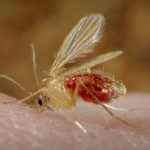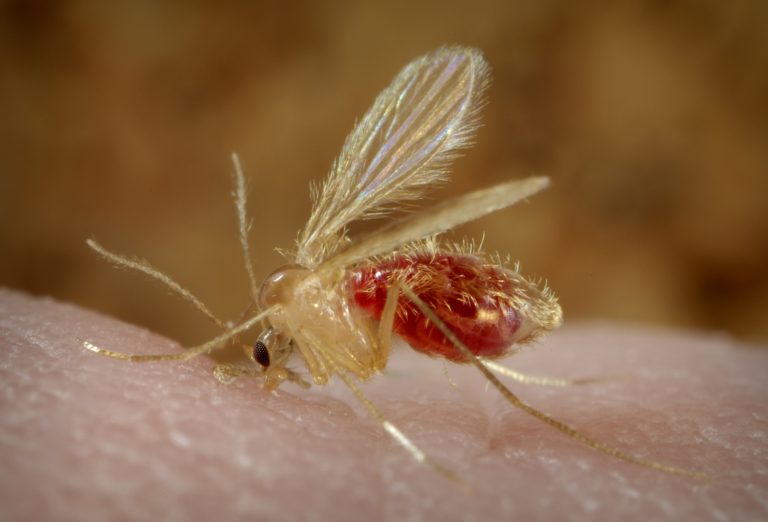Abstract
Cutaneous leishmaniasis (CL) is a very common parasitic infection in subtropical areas worldwide. Throughout decades, there have been challenges in vaccine design and vaccination against CL. The present study introduced novel T-cell-based vaccine candidates containing IFN-γ Inducing epitopic fragments from Leishmania major (L. major) glycoprotein 46 (gp46), cathepsin L-like and B-like proteases, histone H2A, glucose-regulated protein 78 (grp78) and stress-inducible protein 1 (STI-1). For this aim, top-ranked human leukocyte antigen (HLA)-specific, IFN-γ Inducing, antigenic, CD4+ and CD8+ binders were highlighted. Four vaccine candidates were generated using different spacers (AAY, GPGPG, GDGDG) and adjuvants (RS-09 peptide, human IFN-γ, a combination of both, Mycobacterium tuberculosis Resuscitation promoting factor E (RpfE)). Based on the immune simulation profile, those with RS-09 peptide (Leish-App) and RpfE (Leish-Rpf) elicited robust immune responses and their tertiary structure were further refined. Also, molecular docking of the selected vaccine models with the human toll-like receptor 4 showed proper interactions, particularly for Leish-App, for which molecular dynamics simulations showed a stable connection with TLR-4. Upon codon optimization, both models were finally ligated into the pET28a( +) vector. In conclusion, two potent multi-epitope vaccine candidates were designed against CL and evaluated using comprehensive in silico methods, while further wet experiments are, also, recommended.









